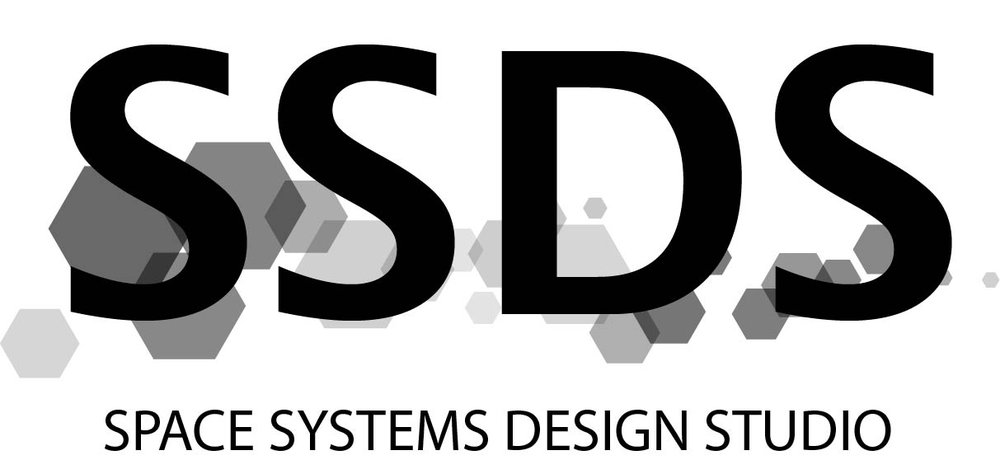Flux-Pinned Orbiting Sample Concept
For a Mars sample return mission, a proposed spherical housing (Flux Pinning Orbiting Sample) will hold finger-sized test tubes of Mars material. An ascent vehicle will hold the OS (Orbiting Sample) and release it into the same orbit as a return vehicle. The return vehicle will capture the OS and clean the surface of the OS to rid of any contaminant. A flux pinning interface on the OS could provide required precision and surface coverage with the benefits of a non contacting compliant joint, potentially yielding better results than a complicated mechanical arm or other solutions.
Testbed
Schematic of the four degree of freedom testbed. Not pictured are the VICON cameras that consist of the global vision system
Experiments in Four Degrees of Freedom
Different experiments conducted on four degree of freedom testbed (Formation Control Testbed, JPL)
Experiment run exiting all four modes and frequencies
OSA launched with an initial velocity at 15 degrees skew from straight-on
To test flux-pinned sphere of influence, the OSA is initially at a radial distance and path angle away from the SROA
In spaceflight, the spacecraft will most likely be moving with some initial translational velocity and angular velocity. These "tumble" experiments simulate both velocities
Simulation Development
Theory to Model Flux Pinning
- Advanced Frozen Image Model or Frozen-Field Model
- Offers geometric parametrization to relate image locations and orientations with respect to the magnet location and orientation
- Assumes:
- Infinite plane superconductors
- No hysteresi
- Assumes:
- Offers geometric parametrization to relate image locations and orientations with respect to the magnet location and orientation
- Publications to reference
- Kordyuk, Alexander A. "Magnetic levitation for hard superconductors." Journal of Applied Physics 83.1 (1998): 610-612.
- Hull, John R., and Ahmet Cansiz. "Vertical and lateral forces between a permanent magnet and a high-temperature superconductor." Journal of applied physics 86.11 (1999): 6396-6404.
Magnetic Moment Dipole Model
Frozen Image Model
- Force and Torque on Magnetic Moment Dipoles
- Maps spatially varying magnetic field to force and torque
- Assumes: magnets are spherical/dipoles
- Publication to reference
- VILLANI, DANIEL D. "An analytic solution for the force between two magnetic dipoles." Magnetic and electrical Separation 9 (1998): 39-52.
- Landecker, Peter B., Daniel D. Villani, and Kar W. Yung. "An analytic solution for the torque between two magnetic dipoles." Physical Separation in Science and Engineering 10.1 (1999): 29-33.
- Maps spatially varying magnetic field to force and torque






